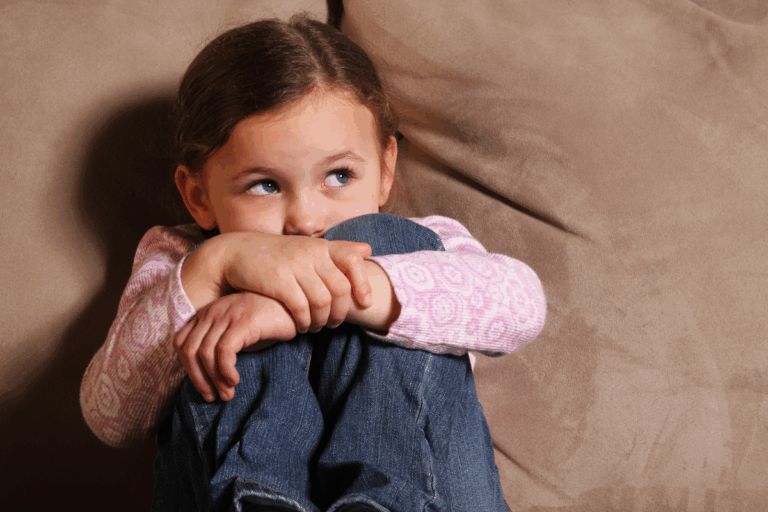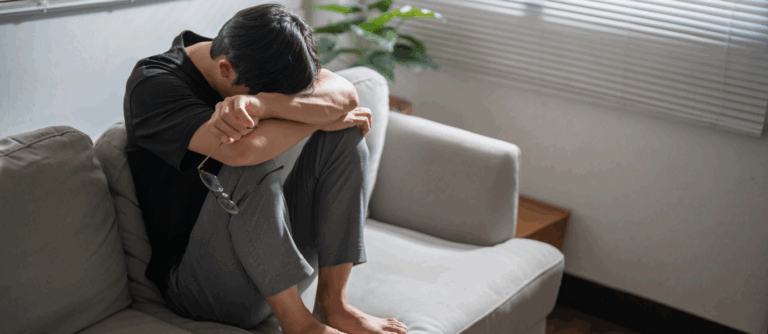The Role of Social Media Use in Adolescent Anxiety & Depression

Sydney Johnston
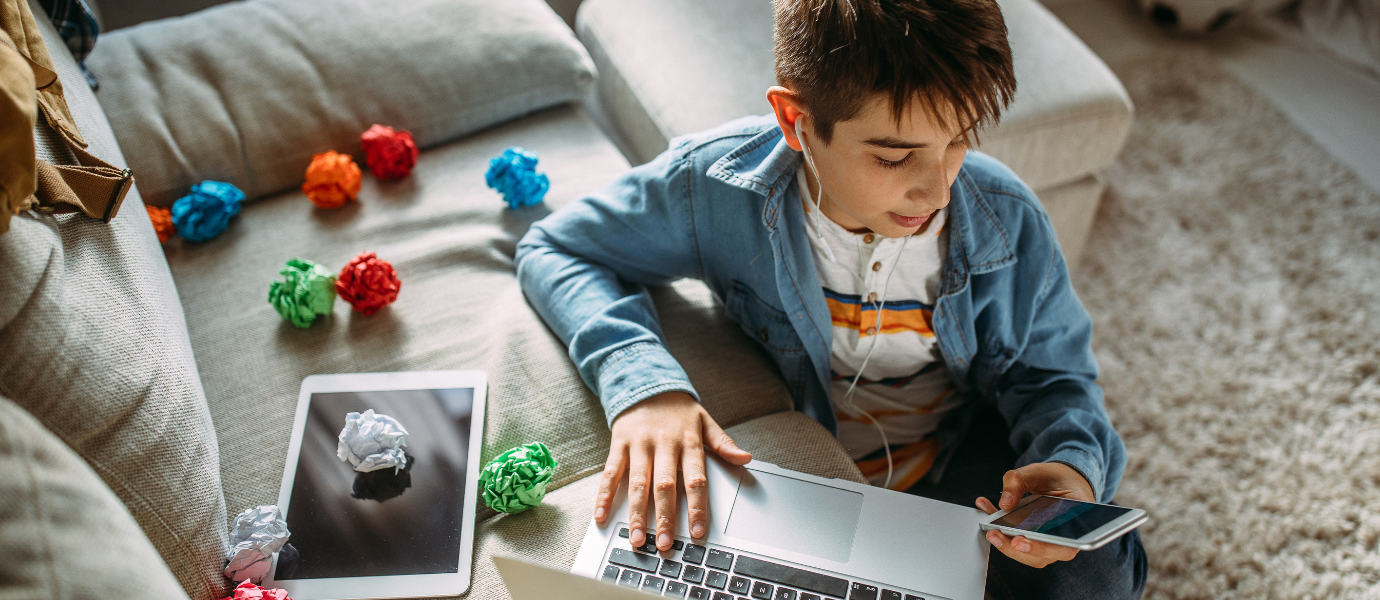
Adolescence is a stage filled with rapid change, new experiences, and heightened emotions. Alongside these natural shifts, today’s teens are growing up in a digital landscape where social media use is nearly constant. For some, it offers connection and community. For others, it can become a source of stress, worry, and sadness. This raises an important question: what role does social media play in adolescent anxiety and depression.
Rising Rates of Anxiety and Depression in Adolescents
The numbers highlight a troubling trend. According to the CDC’s Youth Risk Behavior Survey (2021), about 42% of high school students reported feeling persistently sad or hopeless — a strong marker for depression.
At the same time, social media has become nearly universal. Research from Pew Research Center (2023) shows that more than 95% of teens use social media, with platforms like TikTok, YouTube, and Instagram dominating their screen time. Nearly half of adolescents say they are online “almost constantly”.
With such widespread use, it’s natural to wonder: is the digital world making symptoms of anxiety and depression worse?
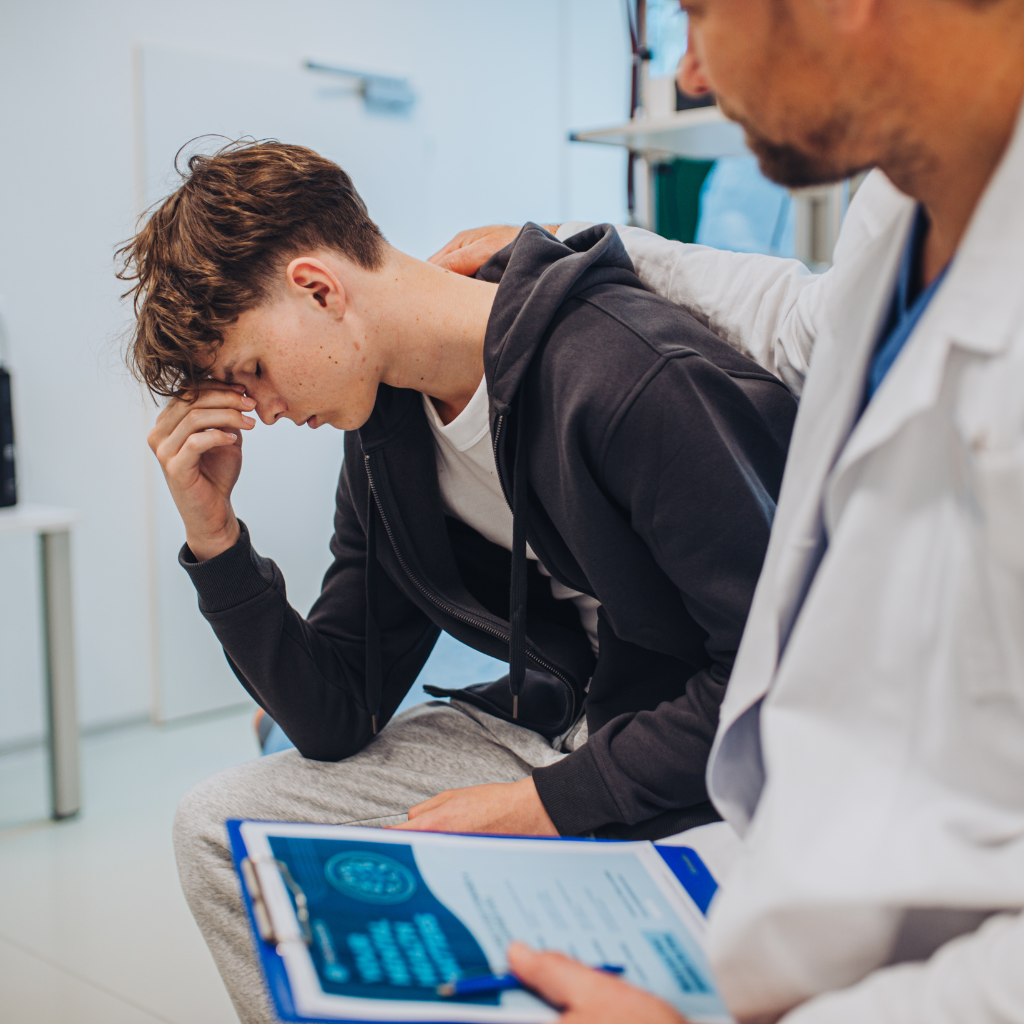
Social Media Use and Adolescent Mental Health: What Studies Show
Heavy or problematic social media use is linked to increased levels of anxiety, depression, and psychological distress in adolescents. A large systematic review found that frequent, passive use (like endless scrolling) and compulsive checking were consistently associated with higher rates of teen depression and anxiety.
While these effects are generally modest at the population level, they can be significant for vulnerable teens — especially those already experiencing stress, poor sleep, or low self-esteem.
The Link Between Social Media and Sleep Problems
Sleep is essential for healthy emotional regulation, yet it is one of the first things disrupted by late-night scrolling. The nighttime device use exposes teens to blue light, keeps the brain alert, and often delays sleep. Poor sleep is strongly linked to anxiety and depression in adolescents.
When social media interrupts rest, emotional well-being suffers. For many teens, simply moving devices out of the bedroom can improve both sleep and mood.
Social Comparison and Body Image in Adolescents
Scrolling through curated highlight reels often sparks comparisons. Teens may feel their lives, looks, or achievements fall short compared to what they see online. Social comparison on Instagram, TikTok or other platforms is often strongly associated with lower self-esteem, negative body image, and symptoms of adolescent depression.
This effect tends to be more pronounced in girls, but boys are not immune. Over time, these comparisons can feed cycles of low self-worth and anxiety.
Cyberbullying and Mental Health
The online world can intensify peer conflict in ways that feel harder to escape than in-person interactions. Nearly one in six teenagers has dealt with cyberbullying, and those experiences are closely tied to higher risks of depression, anxiety, and even suicidal thoughts. Because social media follows teens everywhere, the hurtful messages or harassment can feel constant, leaving little room for relief. Unlike traditional bullying that may end when the school day is over, digital harassment can continue around the clock — creating a cycle of stress that is difficult to break.
Compulsive Social Media Use
Not every form of social media use is harmful, but patterns that become excessive or compulsive can create problems. Constantly checking for likes, scrolling for hours without stopping, or struggling to cut back are warning signs. These habits often start as a way to boost mood or stay connected, but instead they can fuel more anxiety and sadness. Over time, this cycle can make it harder for teens to cope in healthier ways, leaving them feeling trapped in a loop of dependence on their devices.
Supporting Teens: Practical Steps for Families
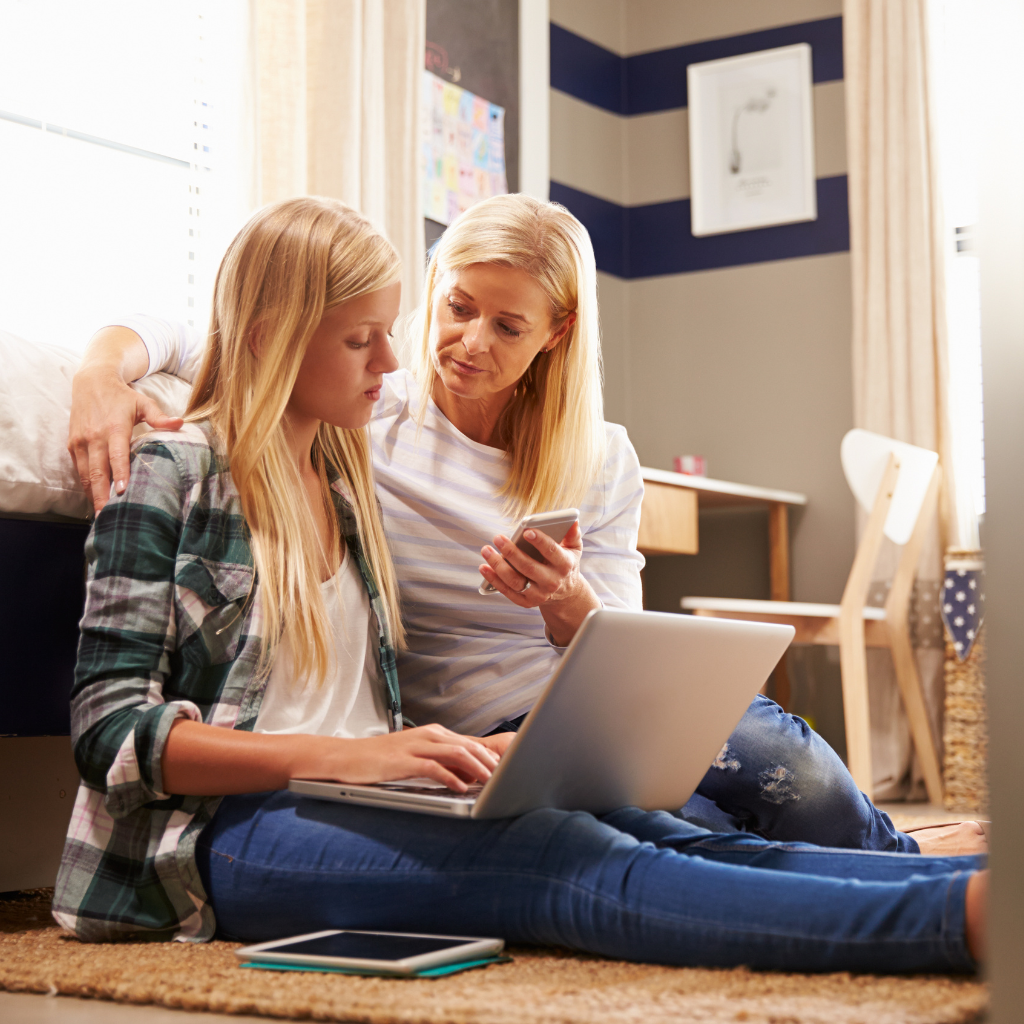
Parents and caregivers play an essential role in helping adolescents navigate the digital world in healthier ways. Small, intentional steps can make a big difference:
- Protect sleep: Keep bedrooms device-free at night to ensure teens get the rest they need.
- Focus on quality, not just time: Pay attention to how social media affects your teen’s mood rather than only tracking hours online.
- Teach digital literacy: Encourage critical thinking around comparison traps, misinformation, and unhealthy trends.
- Encourage balance: Support hobbies, friendships, and family time that exist outside of the online world.
- Address bullying early: Keep communication open, step in quickly if harassment occurs, and seek help when emotional distress becomes severe.
FAQ: Social Media and Teen Mental Health
Q: How much social media is too much?
There is no single cutoff. Look for warning signs like sleep loss, mood swings after use, or withdrawal from offline activities.
Q: Will deleting apps cure depression?
Not always. While reducing use can help mood and self-esteem, depression usually requires a broader treatment approach, including therapy or medication.
Q: How can parents help with cyberbullying?
Encourage open communication, save evidence, block offenders, and involve schools or professionals if distress is severe.
Final Thoughts
Social media is woven into adolescent life — it cannot simply be removed. For some, it is a valuable lifeline; for others, it contributes to cycles of anxiety, depression, and poor sleep. What matters most is quality of use, protective family routines, and early recognition of harmful patterns. By striking a balance, teens can benefit from online connection without sacrificing their emotional well-being. Seeking a behavioral health professional’s help is always an option when the symptoms become intense.
Responsibly edited by AI
Other Blog Posts in
Animo Sano Psychiatry is open for patients in North Carolina, Georgia and Tennessee. If you’d like to schedule an appointment, please contact us.
Get Access to Behavioral Health Care
Let’s take your first step towards. Press the button to get started. We’ll be back to you as soon as possible.ecovery, together.

